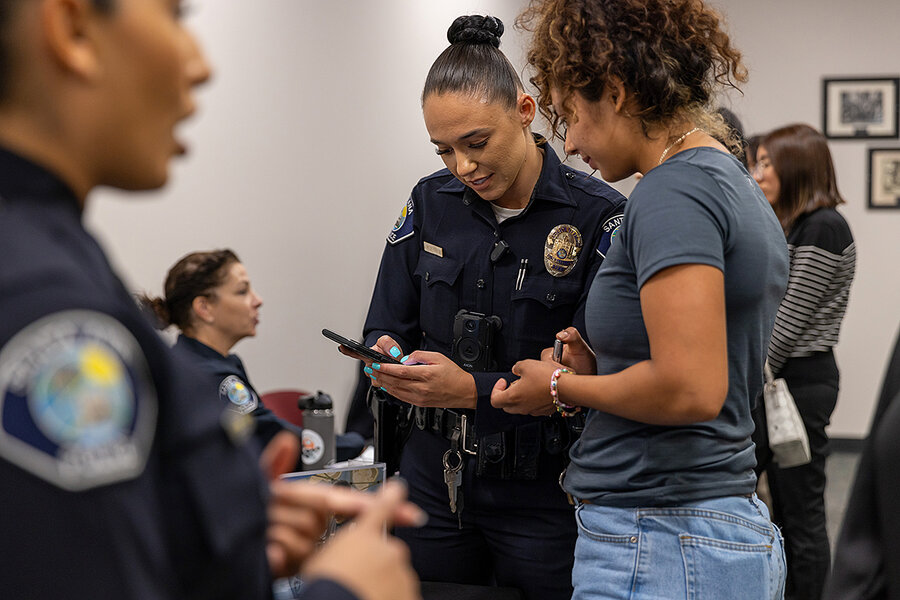In recent years, law enforcement agencies across the globe have been increasingly embracing the concept of community policing as a means to build trust and collaboration within the communities they serve. Community policing represents a departure from traditional law enforcement methods, focusing instead on building partnerships and addressing the root causes of crime. Through proactive engagement and collaboration, law enforcement officers are fostering stronger community ties, leading to safer neighborhoods and more effective crime prevention strategies. At the heart of community policing is the idea of law enforcement officers working closely with community members to identify and address local concerns. This approach recognizes that the police alone cannot solve all societal problems and that community involvement is essential for long-term success. By engaging with residents, businesses, and community organizations, officers gain valuable insights into the unique challenges facing each neighborhood and can tailor their responses accordingly. One of the key elements of community policing is building trust between law enforcement and the community.

Trust is essential for effective policing, as it encourages residents to report crimes, cooperate with investigations, and work together with officers to develop solutions. To build trust, officers must be visible and approachable, actively engaging with community members through events, meetings, and regular patrols. By demonstrating a commitment to transparency and accountability, law enforcement agencies can reassure residents that their concerns are being heard and addressed. Another aspect of community policing is problem-solving, which involves identifying the underlying issues contributing to crime and working collaboratively to find solutions. Leonard Lugo Westfield goes beyond traditional law enforcement tactics, which often focus solely on responding to incidents after they occur. Instead, officers work proactively to address issues such as drug abuse, homelessness, and youth delinquency, partnering with community members and organizations to develop comprehensive strategies for prevention and intervention. Community policing also emphasizes the importance of community empowerment, recognizing that residents are not just passive recipients of police services but active participants in their own safety and well-being.
Through initiatives such as neighborhood watch programs, citizens’ academies, and community advisory boards, residents are given the tools and resources they need to take an active role in crime prevention and public safety. By empowering residents to become partners in policing, law enforcement agencies can leverage the collective knowledge and expertise of the community to address local issues more effectively. By engaging with residents in a respectful and non-confrontational manner, officers can break down barriers and build bridges of understanding. Over time, this can lead to stronger relationships built on mutual respect and cooperation, ultimately creating safer and more cohesive communities. By prioritizing collaboration, trust-building, and problem-solving, officers are fostering stronger community ties and working together with residents to create safer and more vibrant neighborhoods. While community policing is not without its challenges, its potential to improve police-community relations and enhance public safety makes it a valuable approach for law enforcement agencies around the world. Through continued dedication and commitment, community policing can pave the way for a more inclusive and equitable society where everyone feels safe and supported.

